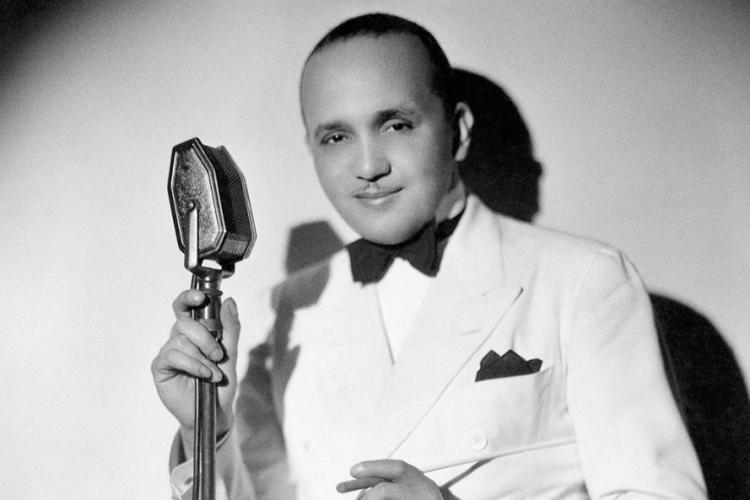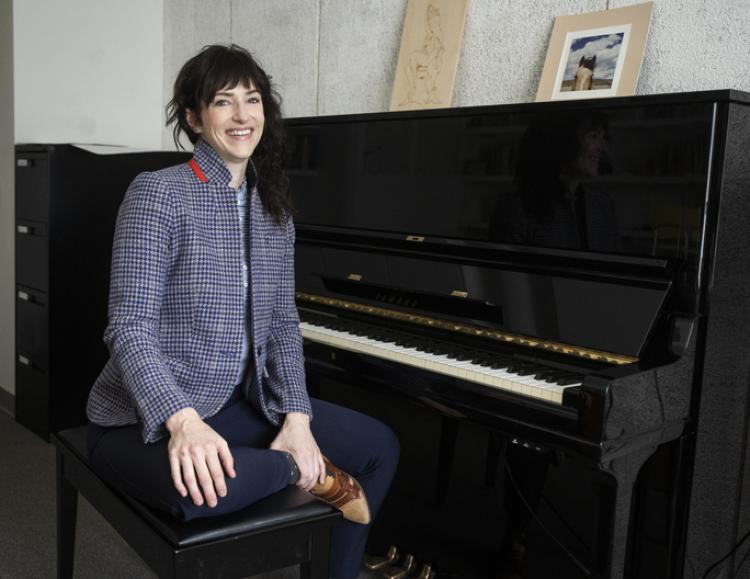"The Ways of White Folks": Fletcher Henderson’s Sonic Theorization of Whiteness in “Whiteman Stomp"
A Public Lecture by Dr. Stephanie Doktor, Colorado College
Monday, February 7, 1:00 pm
Imig Music Building, S102
Or join us live on Zoom!
https://cuboulder.zoom.us/j/92938147663
Meeting ID: 929 3814 7663
Passcode: 932811

For centuries, Black writers such as Harriet Jacobs, W.E.B. Du Bois, and James Baldwin, among many, many others, have provided unparalleled insight into the innerworkings of white supremacy. However, other mediums beyond the written word capture such expertise. In this presentation, Stephanie Doktor considers how critical engagement with whiteness can be heard in the music of Black jazz musicians. In 1927, Fletcher Henderson recorded “Whiteman Stomp,” parodying the musical style of the “King of Jazz.” If U.S. entertainment had historically been based on the white gaze, white imaginations of Blackness, and the subjugation of Black performers to this orientation, then Henderson’s recording turns the industry on its head. It refracts this gaze, staring back at whiteness. In her analysis of this arrangement and Whiteman’s response to it, Doktor argues that Henderson, in his sonic theorization of Black music, makes whiteness legible. His recording challenges the myth that this racial category is invisible—a myth that coheres its social power—and opens up the possibility of scrutinizing white supremacy by making it audible. This presentation is part of the 2021-2022 Musicology and Music Theory Colloquium Series.



